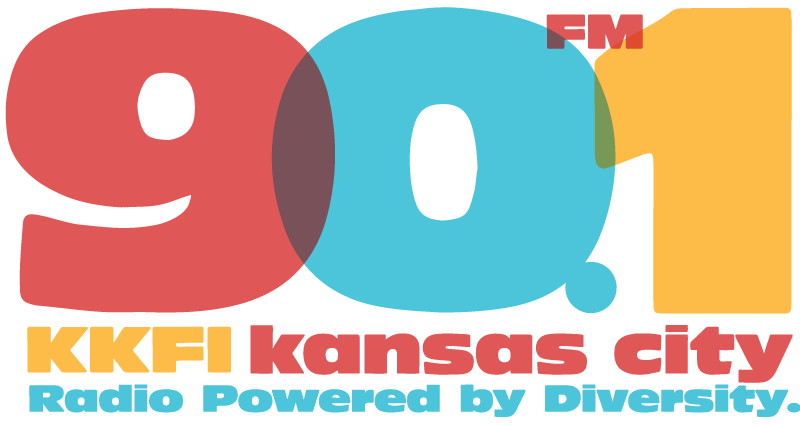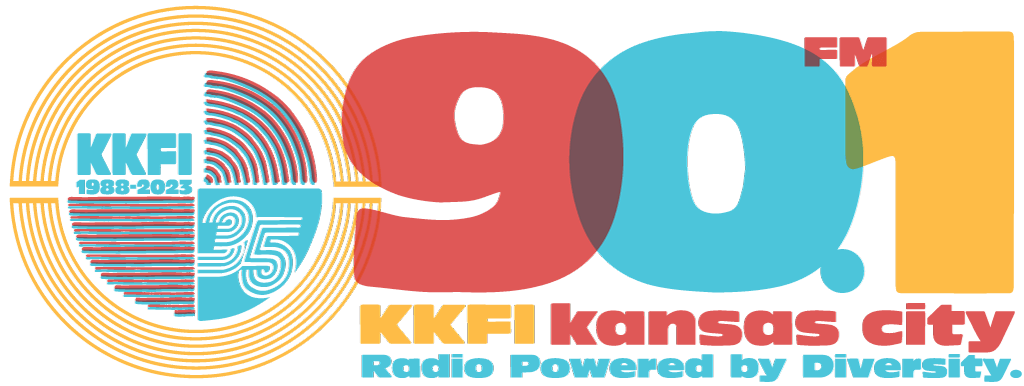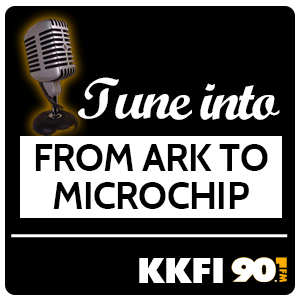Winner of the Golden Reel Award for Audio Theater. Performed by the National Audio Theatre Festivals. “Part composition, part hörspiel…The Irish Wilderness uses field recordings of the ‘wondrous springs’ of Ripley and Oregon counties, Missouri, interleaved with ‘traditional tunes known to the Irish Catholics (circa 1859)’ to document the tragic history of the Irish settlers…”–Dan Warburton, Signal to Noise.
http://www.youtube.com/watch?v=Nz7SEq6aqH8
The Irish Wilderness: A Phantasmic Meditation
(based on the writings of John Joseph Hogan)
for actor, organ or accordion, lute or guitar, bodhran, bagpipes, animal call vocalist,
hydrophonic metal instrument, digital processors, Ozark ambiences, 6‐channel sound
The Irish Wilderness is a densely wooded area in the Ozarks of southwest Missouri, located between the Eleven Point and Current Rivers in Ripley and Oregon counties, not far from Greer Springs and West Plains. Its enormous bio‐diversity and karst topography veil any remnant of the murderous fate of the fifty Irish Catholic families who thrived here in the mid‐ninteenth century.
For the National Audio Theatre production, the biologically and geologically diverse soundscape of this area was captured by two teams of adventurer/recordists (led by JimMetzner and Renee Pringle) and then imaged in 6.1 channel sound. The rush and swell of the Eleven Point River rapids, cavernous drips in White’s Cave, underground splatter sequences in Devil’s Well, nocturnal insects, and bullfrog’s at White’s Creek were digitally intertwined with fragments of traditional tunes known to the Irish Catholics (circa 1859) who settled here. In sonic s.ance, the music of these people was spectrally mapped and used to filter the soundscape impressions. The frequencies in the accordian melody “St. Patrick’s Breastplate,” for example, were removed from the sound of the river rapids. The melody was audible only through its absence in the water’s sound. At other times, the spectral image of a guitar sparkled through a waterfall or smeared cricket chirps into an electrolized soup. The intrusive sounds of war and industry were triggered by the live traditional musicians, who shaped and carved out the 6‐channel audio‐space.
A first‐hand account of the rise and dessimation of the Irish Catholic community at Wilderness, Missouri, penned by Father John Hogan, the poet‐priest, was used to introduce and dramatize the soundscape composition.
A Short History of the Irish Wilderness
When John Joseph Hogan, a young Irish Catholic priest and poet came to Missouri in 1857, he kept a firstperson journal of the suffering he saw everywhere he travelled‐‐Irish children dying of starvation in rosinweed shanties outside St. Louis, Irishmen working as expendable labor laying railroad track for little or no pay near Rolla Hill, and African slaves manacled with iron hand‐cuffs lying shoulder‐to‐shoulder on the boiler deck of a barge on the Missouri River. Hogan’s mission to go into the interior of North Missouri and and “build a chapel or two” would not be simple.
When Father Hogan arranged purchase of land south of the urban turmoil, between the Eleven Point and Current Rivers in Ripley and Oregon counties, these destitute Irish Catholics had a chance to build their community. The land was partially tillable, and fresh water gushed endlessly from wondrous springs. Game was plenty, and in the forest wilderness they believed their children, church and community‐at‐large would be protected.
By the spring of 1859 there were about forty families on the newly acquired land, with more Catholics on the way. According to Hogan, these people were completely self‐sufficient, and the “quiet solitariness of the place seemed to inspire devotion. Nowhere could the human soul so profoundly worship as in the depths of that leafy forest, beneath the swaying branches of the lofty oaks and pines, where solitude and the heart of man united in praise and wonder of the Great Creator.” Vice was little known among them although they usually took their morning dram, or a drop with a friend, from a keg of the best, distilled by themselves or by some neighbor willing to share or barter on accommodating terms. Everyone smoked, men and women, young and old. The weed grew abundantly, and was usually the best tended crop on the place.
When the Civil War broke out, bushwhackers rushed into the area killing the settlers, burning and looting their dwellings, and running out whoever survived. Tragically, the area was never resettled by the Irish, and these immigrants’ dream of a place in the wilderness they could call their own would come to naught. Near the site where their Catholic log‐cabin church was erected, the Wilderness Free Will Baptist Church now stands. Most of the land is protected by the Mark Twain National Forest and is popularly known as the Irish Wilderness.
— Rev. Dwight Frizzell
Requirements
Musical Instrumentation
Bodhran, accordion, guitar, bass, bagpipes, hydrophonic metal instrument
Music from “St. Patrick’s Breastplate” and “Whiskey in the Jar”
Featured Soloists
Ralph Duren‐vocalist imitating night creatures, birds, insects, and other animals
Sterling Price‐hydrophonic metal instrument emulating moans
Bill McKemy‐acoustic bass
6.1 Channel Playback
Soundscape recordings produced in surround:
Cave ambience with rock drops and drips (White’s Cave)
Underground river ambience river rapids (Turner’s Mill Spring, Devil’s Well)
“St. Patrick’s Breastplate” extruded from river rapids (Eleven Point River)
Death yells filtering river rapids
Night insects
“Whiskey in the Jar” phrases filtering watery drips from Devil’s Well and night insects
Bullfrogs and sunset at White’s Creek with bullfrogs
Timepod constructions (forward/backward moving sound sequences)
SFX
Ambiences used during the spoken introductory sequences‐‐
waves of 11‐Point River
mosquitoes river ambience, shifting to ocean ambience
circa steam locomotive
Horse riding
cold damp wind, background ambience of Hogan giving Absolution
horse‐riding
day insect ambience
night ambience
distance soldiers
horses quiet day ambience
The following three elements are triggered in sycn with selected instruments (through the sidechain of two gates)‐‐
death yells (close and distant)
period steam locomotive
Live SFX
Waves of river,
River ambience with filtered groans,
Clanked manacled hands against the deck,
Dragged with booted heels on the rough boards
Cleaving huge vegetables into lumps and slices with a piece of a scythe,
Hogs making a racket by biting, squealing and grunting underneath the floorboards,
The master hog itching its back on the floor directly underneath, his bristles sticking up between
the boards
background ambience of the congregation singing “St. Patrick’s Breastplate”
distance soldiers
Performers
Featured performers included
Roger Gregg (as Father Hogan),
Ralph Duren (animal call soloist)
Location recordings included numerous Missouri Ozarks locales:
Eleven Point River rapids, White’s Cave (drips, rocks), Devil’s Well (drips, multiple pools), night insects in the Irish Wilderness, sunset at White’s Creek, underground springs at Turner’s Mill, and trains at West Plains.
Soundscape 1-Cave
Cavernous drips in White’s Cave, fragments of a church hymn (“St. Patrick’s Breastplate”)triggering distant death yells, and a bodhran triggering close proximity death yells
Soundscape 2-Water
Underground trickles at Turner’s Mill, Eleven Point River rapids, “St. Patrick’s Breastplate,”extrusions and filters of the river through the hymn melody, hydrophonic metal instrument and acoustic bass solos, period steam locomotive triggered by the hymn on accordion
Soundscape 3-Night
Night insects, “Whiskey in the Jar” played by the musical ensemble and filtered by the insects, Ralph Duren as night creature vocal soloist
Soundscape 4-Sunset
Sunset at White’s Creek with bullfrogs and fish highlights, timepods of simultaneous forward and backward moving sounds, bagpiper playing outside the theater in the parking lot as heard through an open backstage door, and a recapitulation from Father Hogan.
The Irish Wilderness Performance Credits
Written and Directed by Rev. Dwight Frizzell
(based on the writings of John Joseph Hogan)
Sterling Price, Assistant Director
James Hall, Technical Assistant Director
Featuring
Roger Gregg (Father John Joseph Hogan)
T.C. West (Narrator)
Ralph Duren (Animal Calls)
Musicians
Patrick Alonzo Conway (bodhran)
Jeffrey Ruckma (accordion, guitar)
Bill McKemy (acoustic bass)
Steve Morse (accordion, guitar)
Sterling Price (hydrophonic metal instrument)
Kenneth Bristow (bagpipes)
Remote Recording Crew Leaders
Jim Metzner, Renee Pringle and Dwight Frizzell
Remote Recordists
Jim Metzner and Renee Pringle, Stuart Barkley, Michael Benz, Nancy Camp,
Stan Claussen, Helen Engelhardt, Rev. Dwight Frizzell, James Hall, Dan Izen,
Simon Jones, Patrick Keleher, Carole McClintock, Rahula McGaffey,
David Owens, Pete Pollack, and Sterling Price
Sound Effects & Design
Ralph Duren, Tony Brewer, Tony Palermo, Pamela Apkarian‐Russell, Chris Russell, Rahula McGaffey, Helen Engelhardt, Andrew Davis, Carole McClintock, 6.1 Channel Sound Design Dwight Frizzell and James Hall
FUNDING & SUPPORT
The NATF production of The Irish Wilderness was made possible by financial assistance
and/or other support from:
The National Endowment for the Arts
The Missouri Arts Council, a state agency
The Missouri Humanities Council
Southwest Missouri State University‐West Plains
The Arts Council of Ireland
The Irish Consulate of New York
Mackie Audio, maker of of mixers, amplifiers and studio monitors
Missouri Department of Conservation
National Public Radio
Ozark Pro Audio
Jim Metzner, Pulse of the Planet
The Ramada Inn of West Plains
Southwest Missouri State ‐ West Plains
SueMedia ‐ Sue Zizza
The Al Schaffer Scholarship
The Tony Hawkins Award
Tom Lopez and ZBS



